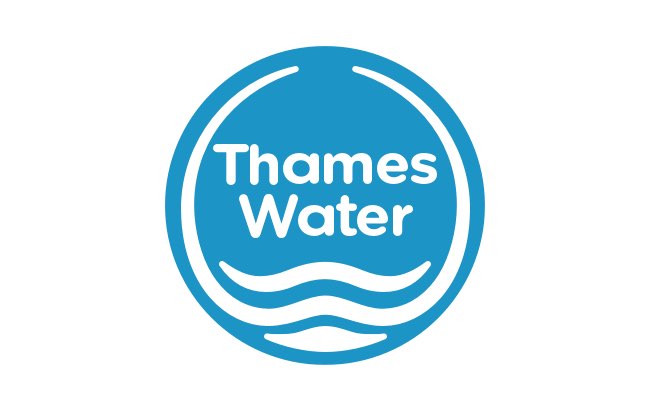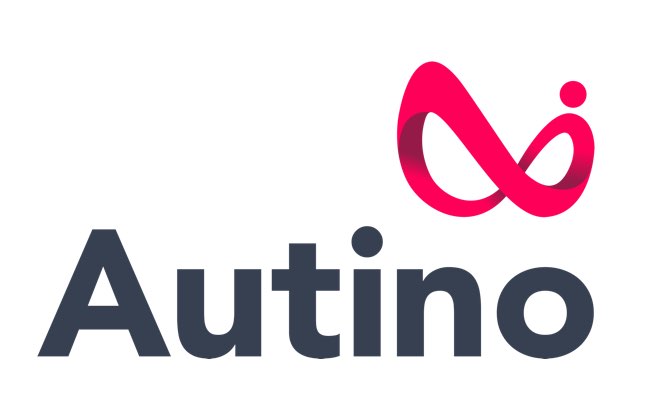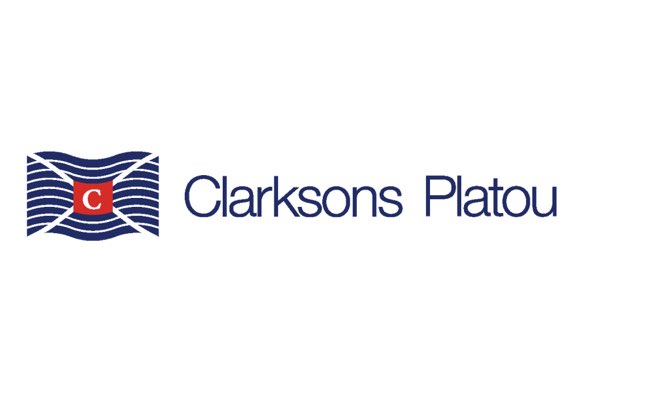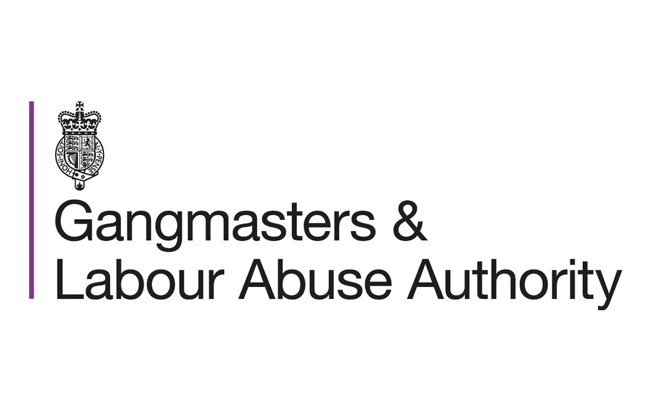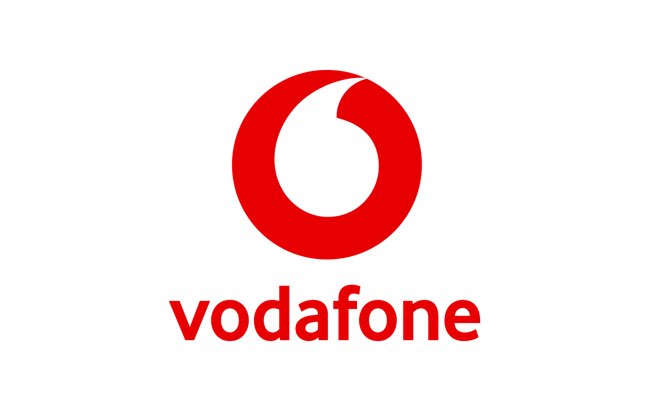Working in partnership to protect vulnerable and exploited workers
The Gangmaster and Labour Abuse Authority (GLAA) are a relatively small agency within the Home Office who are gathering greater powers to license and stop abuse happening to those in vulnerable working situations. Workers who may not speak English well or are having pay deducted without their knowledge, imagine a modern day slave.
The BIG picture
The GLAA are currently going through a big change from DEFRA to the Home Office. This move means that the IT systems would need to be moved along with the customer facing platform. Therefore the team decided to tackle both at the same time, especially as the licensing system was outdated and running low on it’s servicing agreement.
Before
Current Userflow
Working closely with the GLAA’s business analyst, we created the current userflow to give us a greater understanding of the application and the potential pitfalls
After
Proposed userflow
After analysing the current flow, we used our expertise to create a new userflow from the understandings of the previous. Using the research to iterate the flow
Discovery Phase
During the discovery phase of this project I conducted various methods of research ranging from interviews to surveys and remote site meetings with workers. As this was running through the GDS I made sure to cover the correct amount of quantitative and qualitative research to gain the greatest vision as I could for the GLAA.
Alpha Phase
Knowledge sharing
The GLAA brought digital experts in to not only assist them in the transformation project but also to share our extensive digital knowledge with them. We held multiple meetings to share our thoughts with the internal teams


